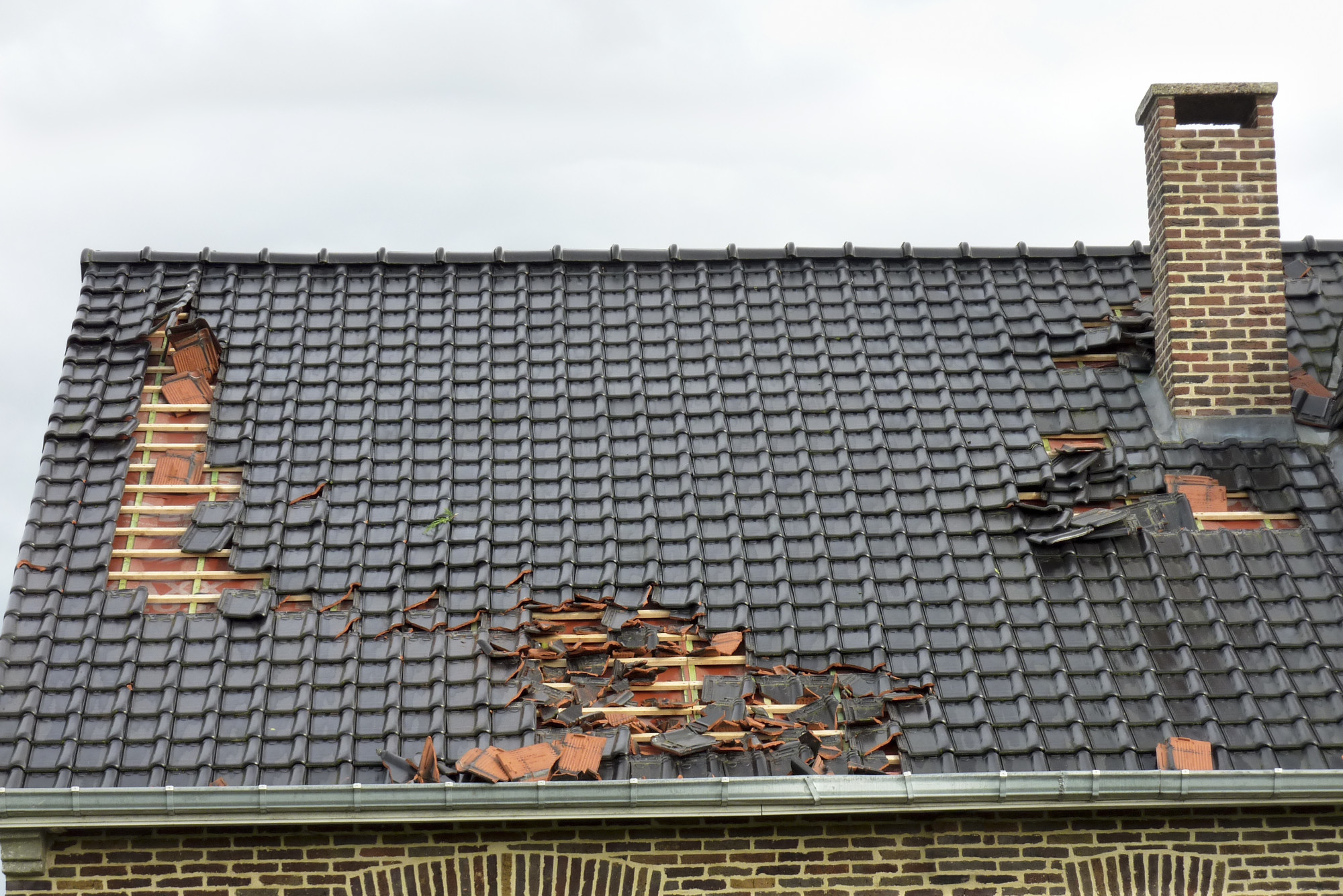Are you concerned about your roof? Do you think you may have damage to your roof?
Roofs are integral parts of homes, protecting the inhabitants. But the elements can damage roofs over the years. If you see some or all the following signs, it may be time to consider having your roof checked.
Start today by learning how to assess roof damage.
Visual Inspection
The first step in assessing roof damage is to conduct a visual inspection. Choose a clear day and safely access your roof, if possible, or use binoculars from the ground. You must pay attention to key areas.
First are the shingles. Look for missing, cracked, or curling shingles. Damaged shingles can leave your roof vulnerable to leaks. You should replace them promptly.
Then, inspect the flashing around chimneys, vents, and skylights. Damaged or deteriorated flashing can cause water to seep into your home and need immediate repair.
You should then check for any areas of the roof that appear to be sagging or dipping. This could mean underlying structural issues that need to get addressed right away.
Remove any debris, such as leaves or branches, from your roof. Accumulated debris can trap moisture and lead to rot or other forms of damage.
Interior Examination
While assessing roof damage, it’s important not to overlook the interior of your home. Certain signs can mean problems with your roof. You should take some time and examine certain areas.
One of these areas is the attic. Carefully inspect your attic for any signs of leaks, such as water stains or dampness.
Check the insulation for signs of mold or mildew. This can suggest moisture infiltration.
Then, check out your ceilings and walls. Look for water spots, discoloration, or peeling paint on your ceilings and walls. These are common indicators of a roof leak and should get addressed promptly to prevent further damage.
Gutters and Downspouts
Your gutters and downspouts play a crucial role in redirecting water away from your roof. During your assessment, examine them for clogs and misalignment.
First, remove any debris or leaves that may have accumulated in the gutters. Clogged gutters can cause water to overflow onto your roof, leading to damage over time.
Then, ensure that your gutters and downspouts are properly aligned and securely attached to your home. Improper alignment can result in water pooling on your roof, causing deterioration. In some cases, you might even find issues in your gutters caused by storm damage.
Professional Inspection
It’s advisable to have a professional roof inspection conducted at least once every few years. A professional can detect underlying issues that may not be apparent to an untrained eye.
They can also guide you with the necessary roofing repairs or maintenance. All these can help extend the lifespan of your roof. You can find a roofing company here to get started.
Don’t Ignore Roof Damage
Overall, ignoring roof damage can lead to a lot of more expensive problems down the road. Don’t wait for the issue to become an emergency.
If you can’t do it yourself, get an inspection to determine the extent of the damage as soon as possible. Take care of your roof and call a professional today to ensure it lasts for years to come!
For home maintenance-relate content and more, visit our blog today!










